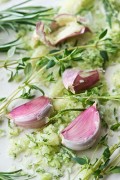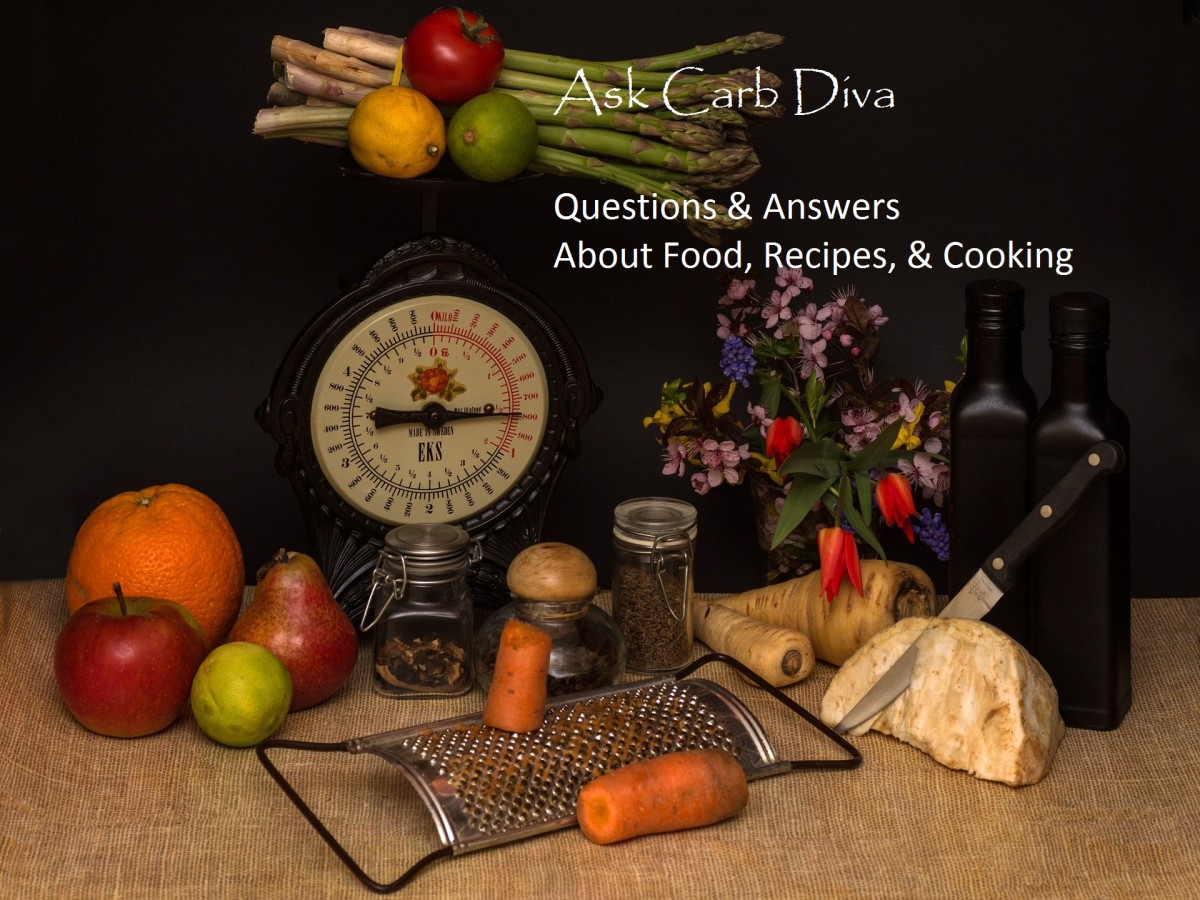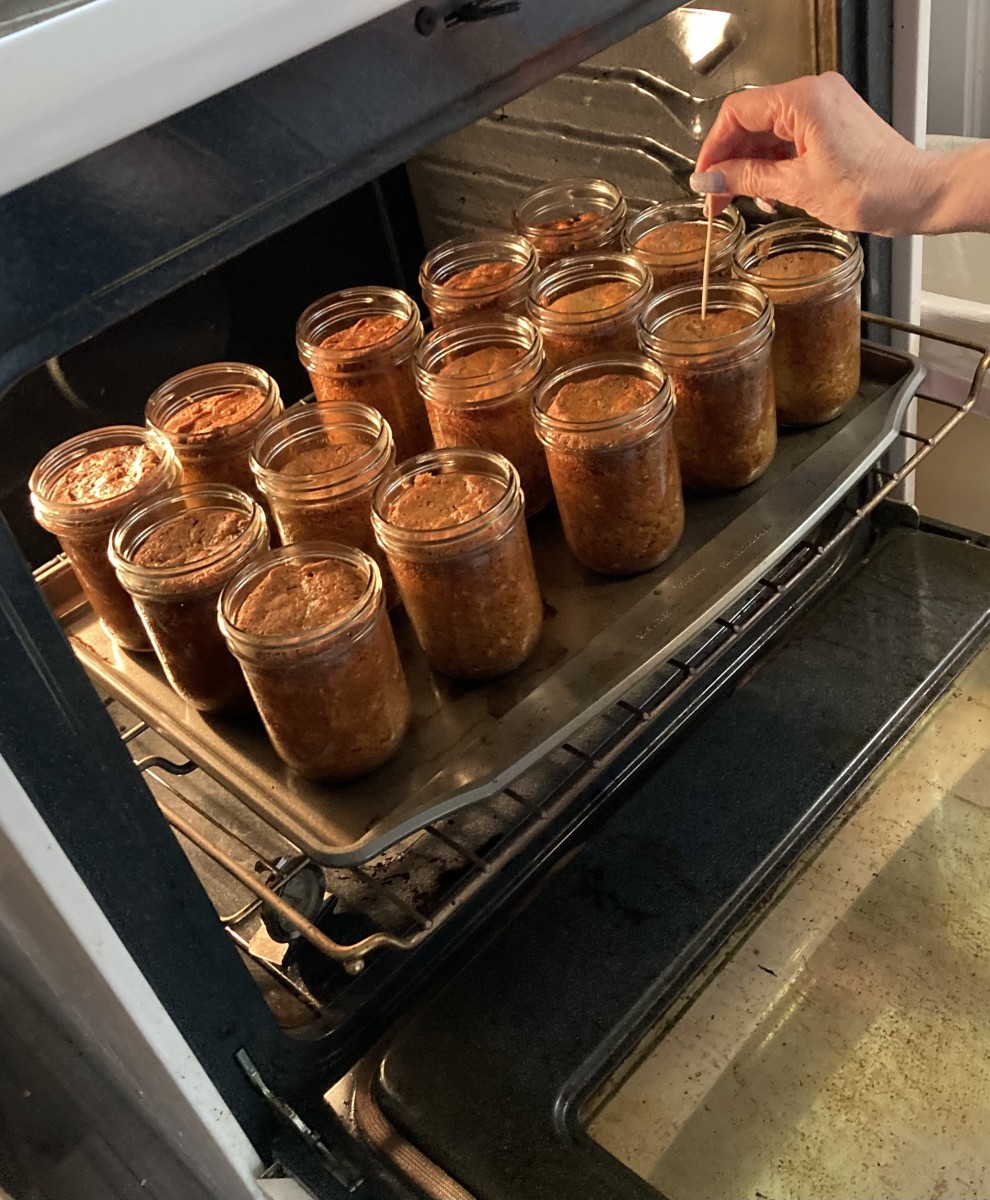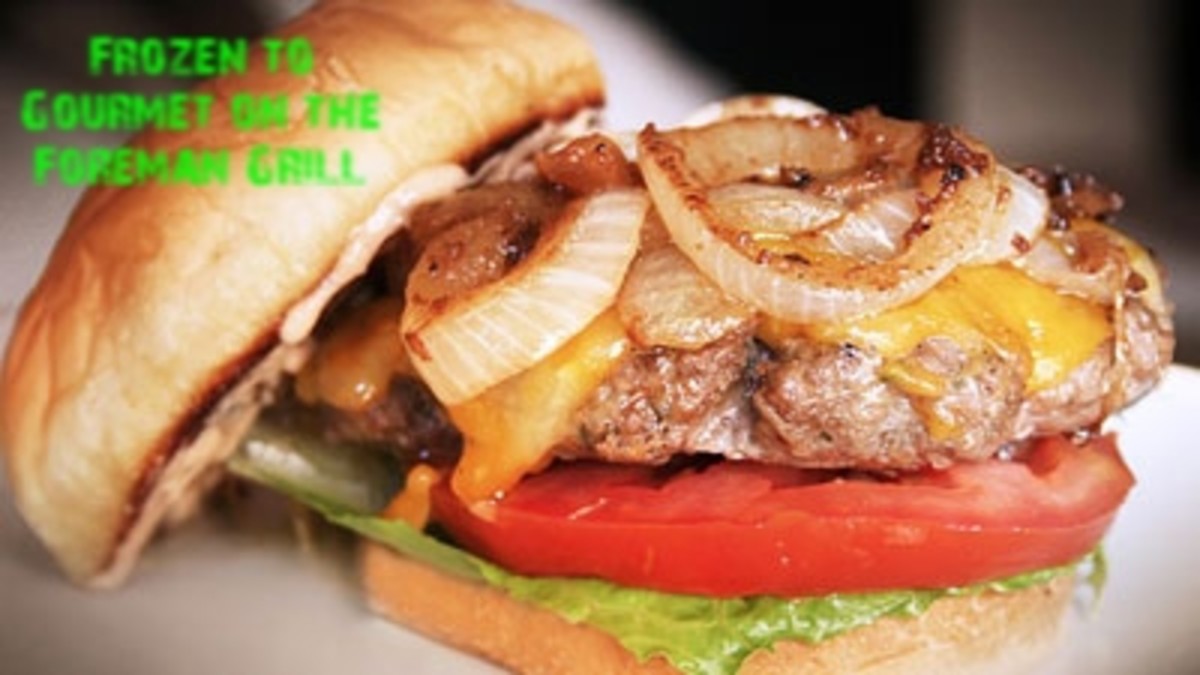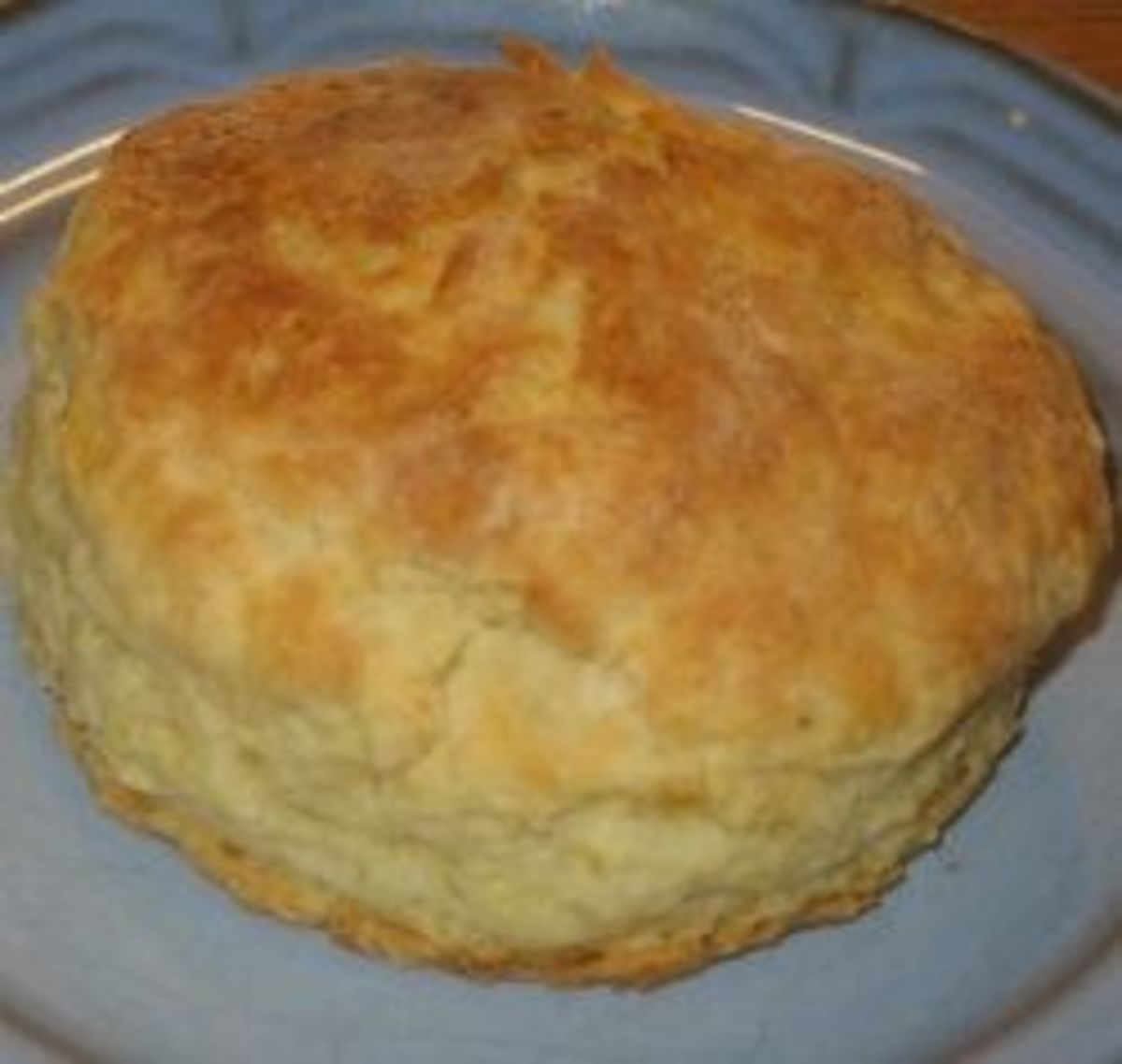Easy Ways to Make Cooking Fun
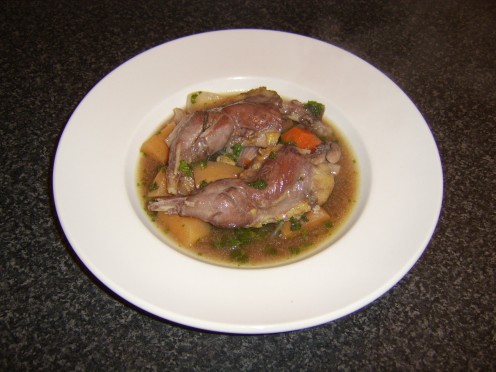
Cooking as an Art Form
What do people actually mean when they refer to cooking as an art form? Art is most commonly thought of in terms of the productions of Van Gogh, Rembrandt or Michelangelo - so how can this really be made to apply to cooking and allow any home cook of even modest ability to be artistic in their own kitchen? This page is dedicated to providing some simple answers and techniques to help any home cook spice up their culinary creations.
Essentially, people who refer to cooking as an art form are referring to cooking as a form of self-expression. Art in the simplest of terms could perhaps be defined as being when an individual puts something of themselves, their character and their tastes and preferences in to their work and some form of creation. Just as a painter expresses himself on canvas in the production of his art, a writer with words on a page, or a photographer via his lenses on photographic paper, a cook will express himself (or herself) on a plate. It is the individuality of the recipes and serving presentations which makes cooking an art form.
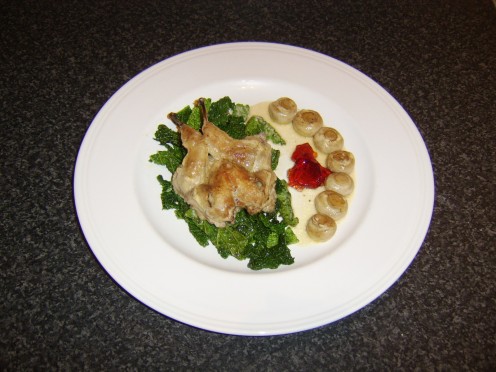
The Art of Cooking - The Biggest Danger
When considering how to be more artistic and expressive with your cooking, the biggest danger is that you put too much emphasis on visualising how the meal will appear on the plate and not enough on what is prepared, combined and cooked. Of course it is important that the meal looks attractive and artistic when it is served but it also has to be safe to eat and taste good. There is little doubt that fan-tailed King prawns dipped in white chocolate and served with beef gravy, fresh strawberries and green pesto sauce could be made to appear visually stunning - but how many people, in truth, would want to actually eat such a concoction?
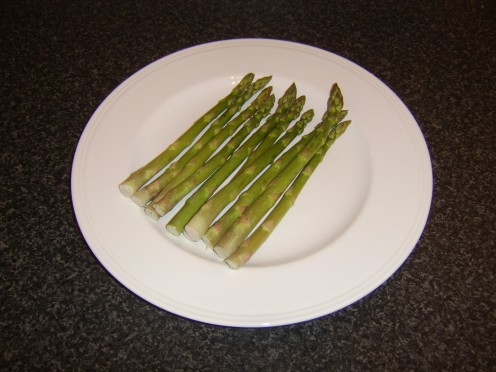

Know your Ingredients
It may be obvious to say so but in order to cook well and artistically, it is imperative to know the properties of any ingredients which you intend using. You will have to know how specific ingredients should be cooked to best effect and how they should be seasoned in order to determine with which other ingredients they can reasonably be served. A simple grounding in this respect will allow you to experiment with combining base ingredients to form the bigger, tasty and artistic picture.
Imagine an artist such as Monet, Picasso or Dali, seated at his easel. Does he simply dip a brush in paint and touch it to his canvas? Is he not more likely to experiment by mixing colours and tones on his palette, perhaps touching it to test canvas, before laying it near his masterpiece to be? In essence, he wants to know it will work before committing himself.
In relation to cooking, this simply means that you should experiment and taste your own creations before even contemplating serving them to family or guests. If you don't know how a dish tastes, or you don't like a dish, why should you expect third parties to be satisfied, least of all impressed? Know from the start that not every combination will work. You will have failures as well as successes but even the top chefs in the world would be forced to admit the same with regard to their own experiments. As you learn and your level of experience grows, however, the percentage of failures should and will decrease.

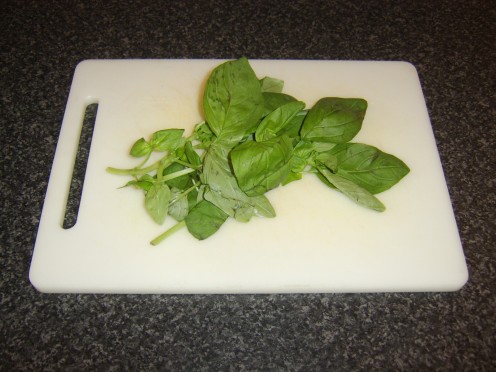
Fresh Herbs - A Foodie's Gift from the Art Gods
Fresh herbs are a fabulous way of spicing up cooking and making it more interesting and artistic. They are a healthy way of adding flavour and allowing salt content to be reduced, while they also make a very attractive garnish when roughly chopped and scattered over the top of a dish.
The variety of herbs which can be used in cooking is extensive and there is at least one herb perfectly suited to virtually any dish you are preparing. Taking the time to learn about the different herbs and the flavours they impart will in itself introduce a whole new artistic side to your cooking and the meals you ultimately produce. Although certain herbs can be bought and used dried, fresh is infinitely preferable, especially with regard to presentation.
A Guide to Understanding the Use of Fresh Herbs in Cooking

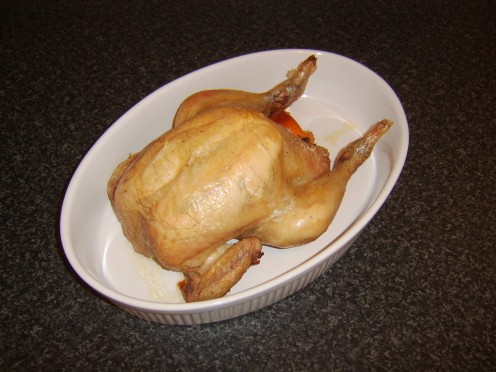
Do You Have a Nose for Cooking?
It is often said that we eat firstly with our eyes and secondly with our mouths. Is this, however, truly accurate? Could it not in fact be said that we eat firstly with our nose, then our eyes, followed by our mouths? Imagine walking in to a restaurant: which of your senses is stimulated first? Is it your sight, by seeing what other diners are in the process of eating? Possibly - but is it not more likely to be your sense of smell, in relation to food being cooked in the kitchen or food already served to tables?
It is common practice to cook in the kitchen with extractor fans on, or even a window open, to stop the food smells permeating throughout the home. While this is desirable to stop the greasy smell of deep fat frying, what about more appealing smells, like that of chicken roasting? If you are having guests for dinner, don't neglect the importance of the sense of smell. Guests stepping through the door to smell chicken roasting or a similarly appetising dish will instantly be looking forward to their meal even more than before. Subtle psychology can play a big part in art, whether it be in relation to cooking or anything else.
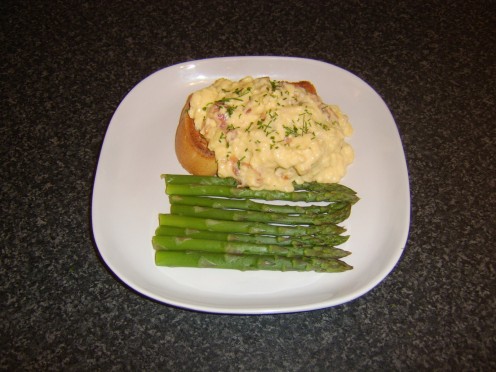
How to Make Meals Sound More Interesting
Imagine you are reading a restaurant menu. You see an option relating to venison. Which of the following two wordings is most likely to mirror the menu listing?
- Venison and potatoes
- Pan seared loin of roe deer with herb buttered new potatoes
Both descriptions accurately describe the meal - but which would you be most likely to order? It's probably not going to matter quite so much with your family but if you are having a dinner party, why not be a little imaginative in describing your menu?
Just be careful not to overdo it and sound pretentious - as well as possibly stupid!
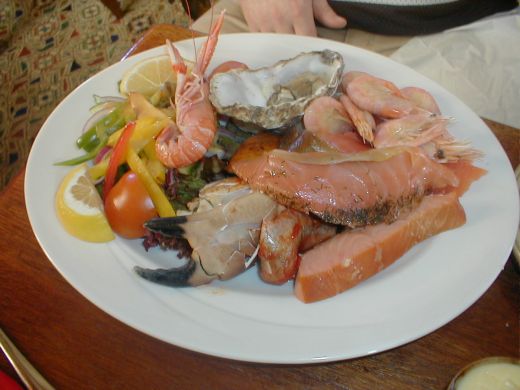
A Work of Art on a Plate
Presentation is where art is perhaps most commonly associated with cooking. If all other factors have been taken in to account, plating up should be a pleasure, in the certainty that your food is well cooked and tasty, merely requiring arrangement in an attractive fashion. This part is not difficult but equally is not without its inherent dangers and you must be careful not to fall at the final hurdle.
The most beautifully cooked meal in the world can be spoiled for a diner by a lack of attention to detail when it comes to presentation. Above all, make sure your plate is tidy. Try to use a large plate and leave a border around the edge. As well as looking good, this is often referred to in the restaurant business as the customer's part of the plate. It leaves them room to manoeuvre as they rearrange the food on their plate and perhaps set bones or skin to one side.
Be careful not to simply tip the food on to the plate and leave messy sauce spills around the edges. Should drips occur while plating, wipe them away with fresh kitchen paper prior to service, unless they form part of the bigger picture you are hoping to achieve.
Colour combinations and symmetry can be good but depend upon the dish being served. Remember the benefit of fresh herbs - they can add that all important bit of extra colour and appeal immediately prior to service.
Do not spend overly long arranging food on a plate. However good it looks, if the food is cold, the diner will not be impressed! Know in advance how you hope to present and take only the time required which is necessary to achieve your intentions.

Let your Love Flow!
Cooking to best effect, never mind as an art form, will only be achieved when you genuinely enjoy what you're doing. If you are new to cooking, don't make the mistake of trying to be the best from day one. Take your time, enjoy the wonders of the learning process and know that perfection or any semblance of same can only be achieved through time. Start with the simplest of creations, learn the basic techniques and build from them in time. We all have to eat and we all like to enjoy what we eat, so if you have someone in your family who is trying really hard to improve your eating experience, encourage them, support them and be patient with them - you will all know the many ultimate benefits...
The Art of Cooking - Conclusion
How might we therefore define the artistic side of cooking, bearing in mind the points considered above? Although this will - and should - forever remain open to interpretation, it could be possible to say that artistic cooking requires four principal considerations be made:
- Fresh, quality ingredients
- An understanding of how the different flavours of the ingredients included in a recipe will combine and compliment one another
- A cooking method (or methods) which is suited to all the ingredients and will see each of them served at their very best
- An understanding of food presentation which is instantly pleasing on the eye and - wherever appropriate and possible - sees the nostrils immediately assailed by a delicious aroma
There are no limits to artistic cooking and the way in which it can be achieved. Why not get thinking, get your "easel" out and start expressing yourself in the kitchen, rather than the writers' of your recipe books...?
An Ode to the Art of Cooking
It may be appropriate to finally sign off here in a humble attempt to define the art of cooking in the shape of an entirely different form of art. While the following little ditty may not exactly be on a par with Burns' Selkirk Grace, it hopefully does sum up some of the finer points in the relationship between cooking and art...
How can I cook a work of art, to decorate my platter?
How can I serve a plate of food, my arty side to flatter?
With knives and pots, at sink and stove, I slog away the hours,
I know I can produce that feast, to demonstrate my powers!
The veg is burned, the meat is dry, the sauce is far too strong!
I’ve worked so hard to cook this meal, oh where have I gone wrong?
My friends, they may not notice - I’ll cite a “cool” new trend!
Or if that cunning plan should fail, for pizza we can send…
While cooking is an art form, a science it is, too,
Though options may be many, the pitfalls are not few!
Take time to think and take full stock, of what you will prepare,
And make sure your creation, does not end in despair…
© Gordon Hamilton 2012


